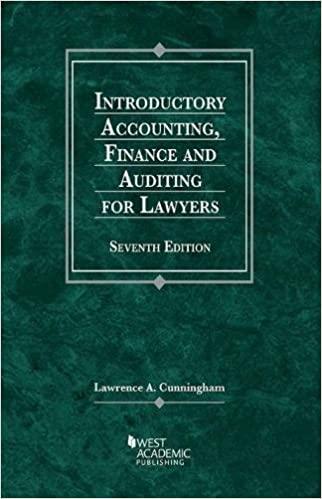Watercraft's predetermined overhead rate is 200% of direct labor. Information on the company's production activities during May follows. a. Purchased raw materials on credit, $200,000, b. Materials requisitions record use of the following materials for the month. Job 136 Job 137 Job 138 Job 139 Job 140 Total direct materials Indirect materials Total materials requinitions $ 48,000 32,000 19,200 22,400 6,400 128,000 19,500 $ 147,500 c. Time tickets record use of the following labor for the month. These wages were paid in cash JOD 136 Job 137 Job 138 Job 139 Job 140 Total direct labor Indirect labor Total labor cost $ 12,000 10,500 37,500 39,000 3,000 102,000 24,000 $ 126,000 d. Applied overhead to Jobs 136, 138, and 139. e. Transferred Jobs 136, 138, and 139 to Finished Goods Inventory f. Sold Jobs 136 and 138 on credit at a total price of $525,000. g. Recorded the cost of goods sold for Jobs 136 and 138. h. Incurred the following actual other overhead costs during the month Depreciation of factory building Depreciation of factory equipment Expired factory insurance Accrued property taxes payable $ 68,000 36,500 10,000 35,000 d. Applied overhead at month-end to the Work in Process Inventory account (for Job 137 and Job 140) using the predetermined overhead rate of 200% of direct labor cost. Problem 19.4A (Static) Part 4 4. (a) Compute the total cost of each job in process and prove that the sum of their costs equals the Work in Process Inventory account balance. (b) Compute the total cost of each job finished but not sold, and prove that the sum of their costs equals the Finished Goods Inventory balance (c) Compute the total cost of each job sold, and prove that the sum of their costs equals the Cost of Goods Sold balance. Total Job Cont (a) Work in Process Inventory 0 Balance (b) Finished Goods Inventory 0 Balance (c) Cost of Goods Sold Problem 19.4A (Static) Part 4 4. (a) Compute the total cost of each job in process and prove that the sum of the costs equals the Work in Process Inventory con balance (b) Compute the total cost of each job finished but not sold, and prove that the sum of their costs equals the Finished Goods wertory balance (c) Compute the total cost of each job sold, and prove that the sum of their costs equals the Cost of Goods Sola balance Total Job Costs (a) Work in Process inventory Balance (b) Finished Goods inventory Balance (c) Cost of Goods Sold $ 0 Balance









